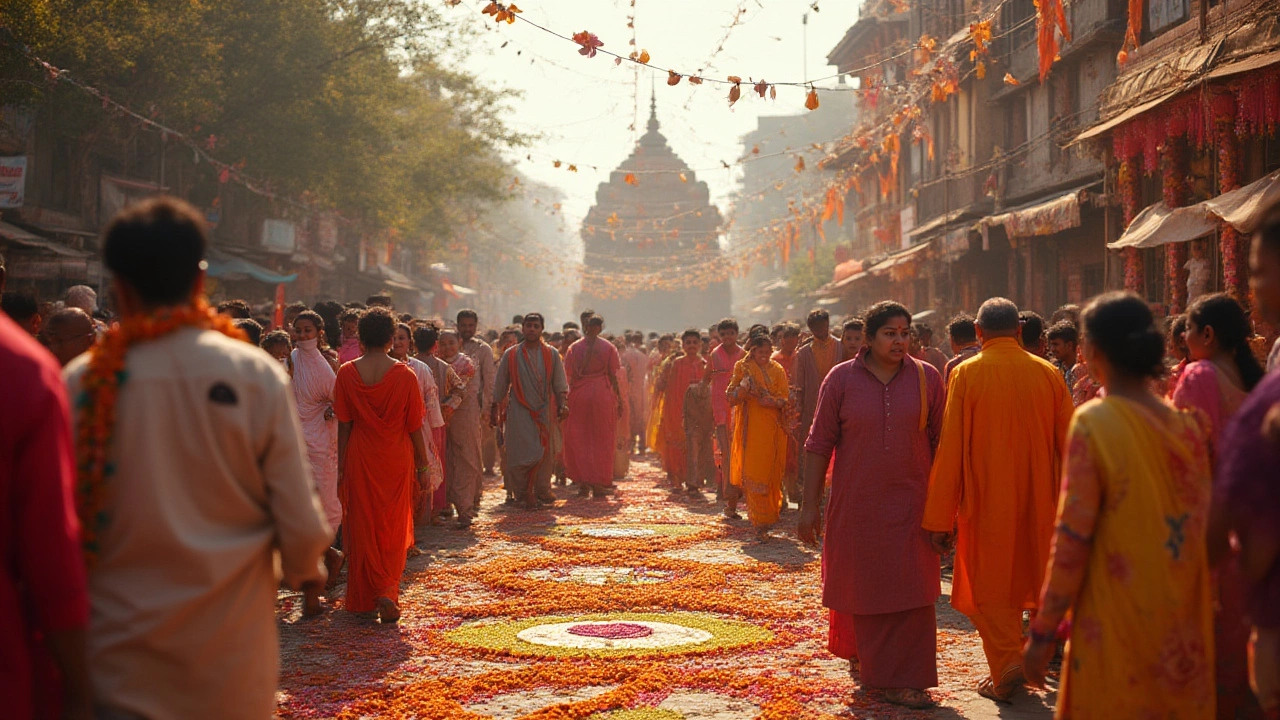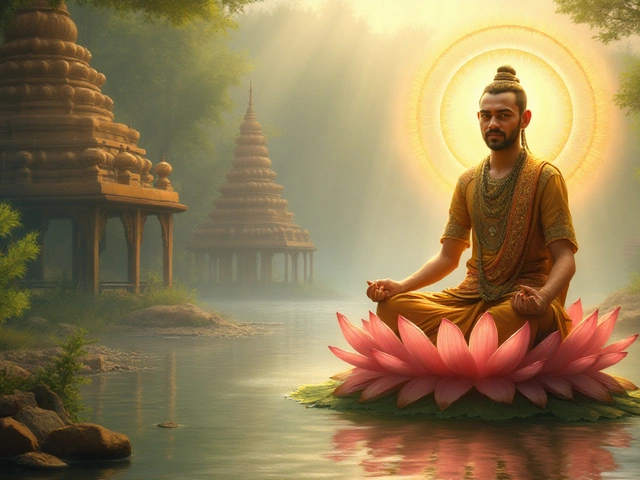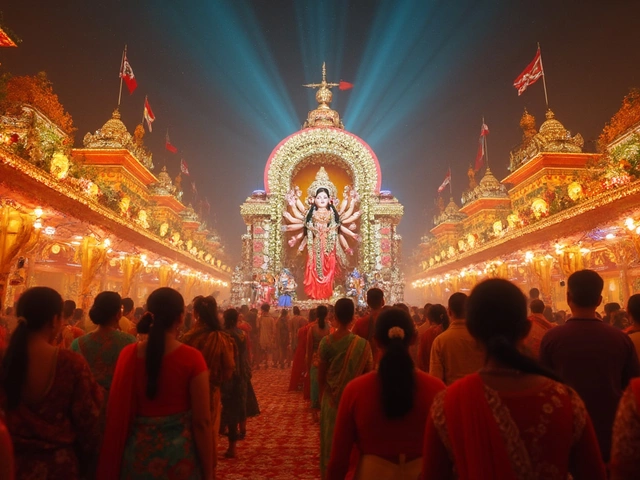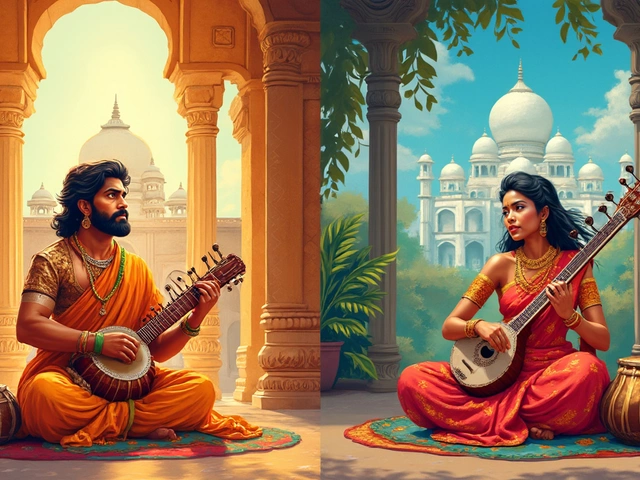Gujarati Faith: Beliefs, Traditions, and Daily Spirituality in Gujarat
At the heart of Gujarat’s identity lies a Gujarati faith, a deeply personal, community-bound spiritual practice shaped by centuries of devotion, folk traditions, and regional Hinduism. Also known as Gujarati spirituality, it’s not just about temples and prayers—it’s woven into how people cook, celebrate, paint, and live each day. Unlike textbook religion, this faith doesn’t live only in scriptures. It breathes in the murals of Pithora art, hums in the chants of village elders, and glows in the oil lamps lit before dawn in every household.
This faith is closely tied to Pithora painting, a sacred folk art created as offerings to the deity Rido, blending myth, memory, and gratitude in every brushstroke. These vibrant wall paintings aren’t decorations—they’re prayers made visible. Each line, color, and symbol carries meaning passed down through generations, often painted by women after a vow is fulfilled. You won’t find Pithora in museums alone; it still lives in rural homes across Kutch and Saurashtra, where faith is practiced, not just preached. The same devotion shows up in daily routines—fasting on Ekadashi, offering sweets at local shrines, or skipping meat during Navratri. Even the famous Gujarati street food, like fafda and jalebi, often has ritual roots tied to temple offerings.
What makes Gujarati faith different is how quietly powerful it is. You won’t always see it in grand ceremonies. It’s in the quiet act of a grandmother teaching a child to fold their hands before eating. It’s in the way a shopkeeper closes early for a temple festival. It’s in the way entire villages gather to sing bhajans under a banyan tree. This isn’t a faith of loud proclamations—it’s one of quiet consistency. And it’s this consistency that keeps traditions alive even as cities grow and modern life pulls in other directions.
There’s no single holy book that defines it. No centralized authority. Instead, it’s a living patchwork of local gods, family rituals, and inherited customs. The same people who worship Krishna in the morning might honor a village guardian spirit at noon, then light a candle for ancestors at dusk. This isn’t confusion—it’s clarity. For Gujaratis, spirituality isn’t about choosing one path. It’s about honoring many, in the right way, at the right time.
Below, you’ll find articles that dig into exactly how this faith shows up—in art, food, festivals, and everyday life. From the origins of Pithora to the role of fasting in Gujarati homes, these stories don’t just describe belief. They show it in action.





